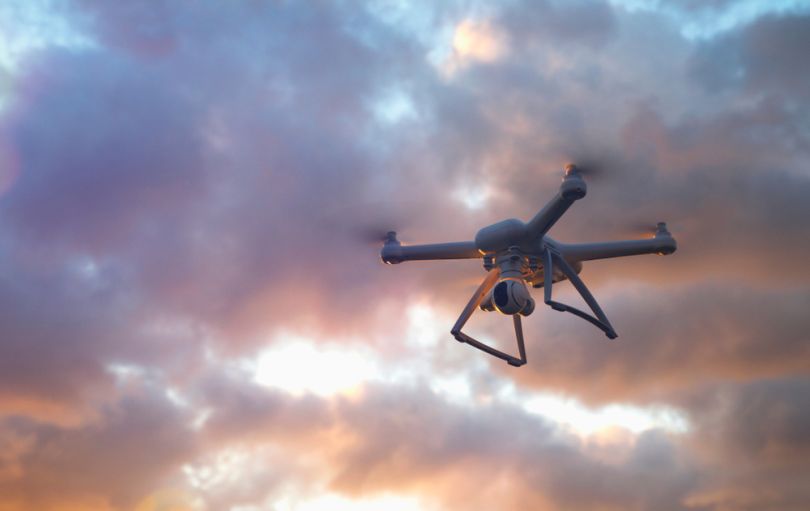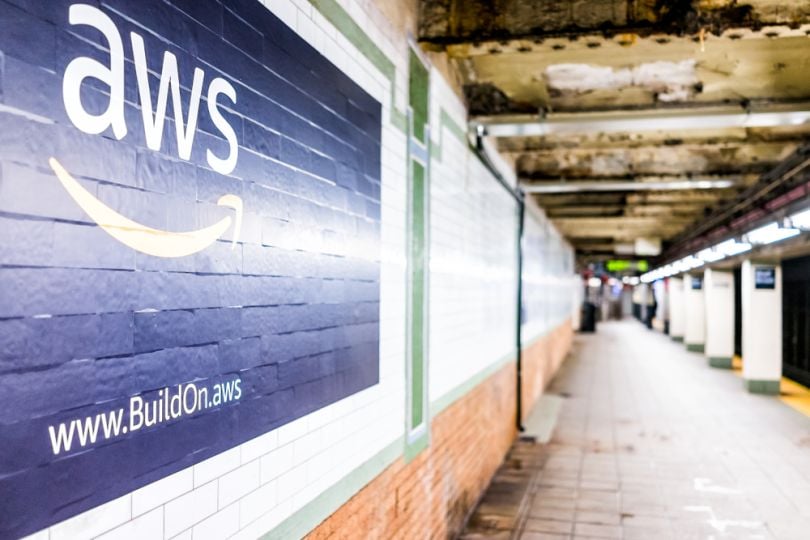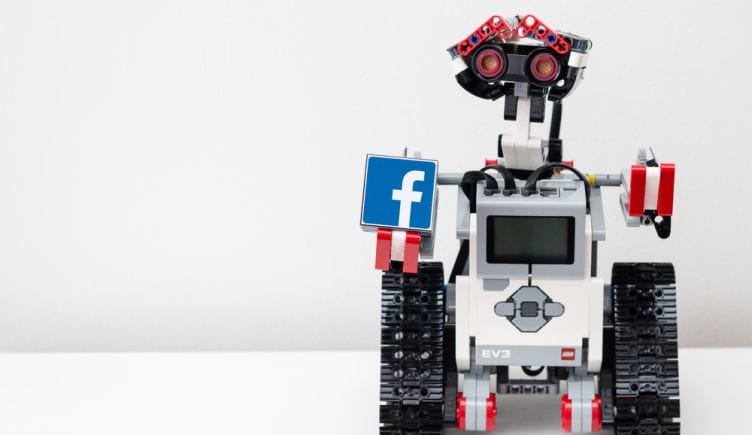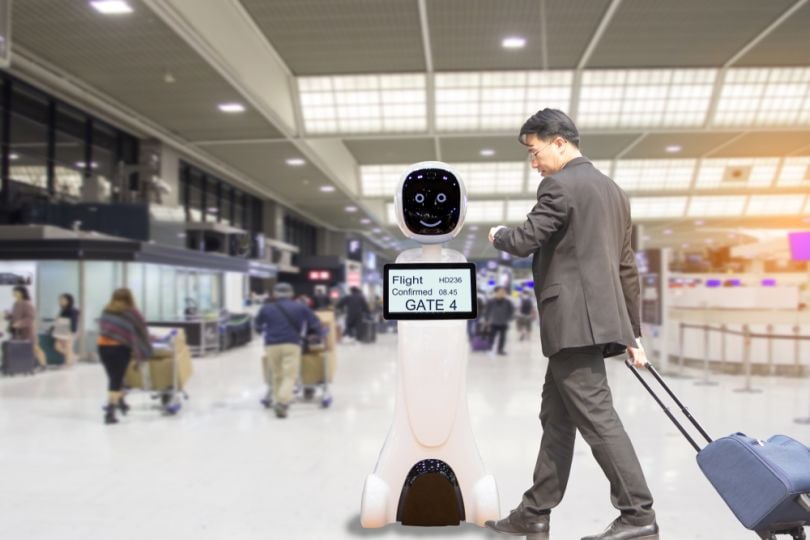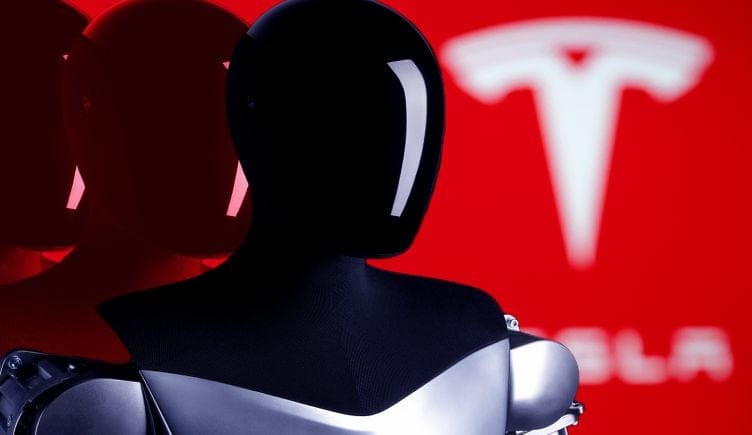 Image: Tesla / Shutterstock / Built In
Image: Tesla / Shutterstock / Built In
In 2021, when Tesla first unveiled its humanoid robot concept, Optimus, it was just a human inside a robot suit. But in 2022, Tesla’s founder and CEO, Elon Musk, unveiled two, very real, humanoid robot prototypes.
The first, Bumble C, walked across the stage at Tesla AI Day 2022 like it was trying not to wake a sleeping baby. That day on stage was the first time Bumble C walked untethered, Musk admitted to the crowd, noting that the robot could of course, do more, though he and his team didn’t want to risk Bumble C falling on its face.
But the real star of the show was Optimus, which was revealed for the first time looking like a modern take on a medieval knight. Unable to walk, it was wheeled out onto stage, where it waved to the audience and did a quick dance move while propped up on a stand. Musk described the prototype design as “fairly close” to what would be put into production. He also said it would one day help millions of people and do a lot of useful things.
What Is the Tesla Robot?
Optimus is a humanoid robot designed by Tesla. Its prototype was unveiled at the company’s AI Day in September 2022. According to Tesla’s CEO, Elon Musk, Optimus will be mass produced and cost less than a car to purchase.
Alexander Kernbaum, interim director of SRI International’s Robotics Laboratory, a research institute that developed the humanoid robot Proxi, told Built In he was impressed with how much Tesla engineers were able to achieve in a year, but was pretty disappointed with the Bumble C and Optimus demonstrations.
“It seems like the robot that actually walked [Bumble C] was likely ‘off-the-shelf’ tech and designed to let the controls team take an early stab at it,” he said. “But it isn’t surprising the newer prototype [Optimus] didn’t work properly, as hardware is hard and takes a lot of time to debug.”
When it comes to movement, Carlotta Berry, a professor of electrical and computer engineering at Rose-Hulman Institute of Technology in Indiana, found the prototypes to not be as impressive as other humanoid robots from the likes of other companies, like Boston Dynamics, that can do parkour.
What We Know About Tesla’s Humanoid Robot
We don’t know too much about Tesla’s humanoid robot — like when exactly it will be available for purchase. But first, and maybe most importantly right now, we know it’s an actual robot.
Musk gave a few hints at the September 2022 event, telling the crowd that the Tesla robot “is designed to be an extremely capable robot” with production units likely in the millions. Additionally, it would be low cost and available to the public sometime between 2025 and 2027.
“It is expected to cost much less than a car,” Musk said at the event. He also noted during the event that “within three to five years you could probably receive an Optimus.”
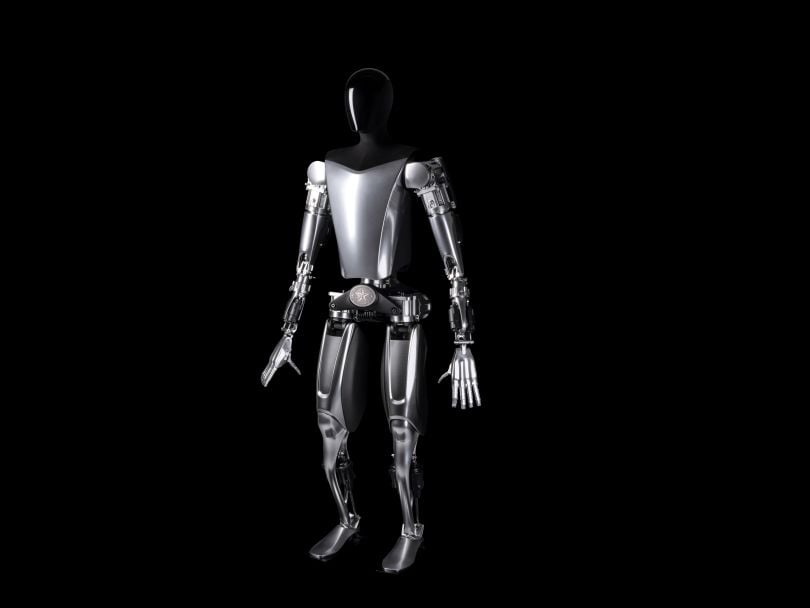
The Tesla Robot’s Design and Hardware
Design-wise, it’s inspired by the human body, with arms, hands, legs and a head. It has a brain too, which is a central computer located in its torso. Optimus also has a 2.3 kilowatt-hour (kWh) battery pack situated in the chest portion of its torso, which has enough energy to amount to about a full day of work. This operates alongside 28 total structural actuators, which allow the robot to move. If Optimus were to fall in the future, damage would be minimal, according to one engineer who presented at the event.
Its hand features six actuators and 11 degrees of freedom, or axes of motion, less than half of what an actual human hand has, though it can perform both wide and more precise adaptive grasps of objects — think gripping small tools like a screwdriver. Metallic tendons increase strength in the robot’s fingers. Additionally, sensors and position encoders located in Optimus’ joints allow the robot to identify what it’s grabbing and understand where its hand is in relation to space. Its hands are also capable of carrying a 20-pound bag.
But some experts weren’t impressed.
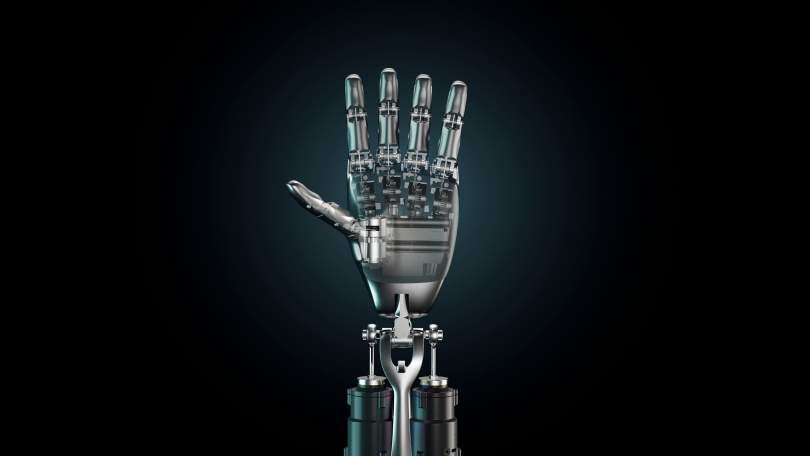
“The hand design was quite basic,” Kernbaum said. “And I would say the majority of time spent should be on the hand and dexterous manipulation.”
Kernbaum noted that Tesla’s prototypes appeared to be designed with high-ratio gear boxes that aren’t back-drivable, meaning the robot wouldn’t be able to “dynamically interact with the world,” he said.
“And this is a real problem in my mind,” he added. “It will always walk like a robot and move like a robot, and it will break when the world doesn’t behave like the robot expects it to.”
Optimus Software
On the software side, Optimus’s central computer processes vision data from multiple sensors so it can perceive its surroundings. It also has a visual navigation system managed by fully trained, end-to-end neural networks to get around. It’s loaded with a library of natural motion references — essentially engineers recorded human motions, like grabbing a box off a shelf, and mapped that motion data, which has been optimized to adapt to real-world motion, to Optimus.
Even though performing tasks with neural networks and computer vision are possible, Berry believes adapting to changes in unstructured environments could pose a challenge. “For example, showing that a robot can complete very well-defined tasks in a lab is a huge leap from being able to do them in the unpredictable real world,” she said.
More on Robotic InnovationThe Future of Robots and Robotics
What Can the Tesla Robot Do?
Optimus is able to walk forward, self-calibrate its limbs and move them in various directions as well as place its body into different poses (including one where it balances its body using one leg). It can also pick up, sort and make corrective adjustments to hand-held objects — like placing a fallen toy block rightside up — all on its own. Additionally, it can recognize environments it encounters and locate its own limbs within its field of view.
Despite all of these capabilities, Optimus still seems to have quite a ways to go. At the 2022 Tesla AI event, Tesla’s director of engineering, Milan Kovac said, “We started doing something that is usable, but it is far from being useful.” But the hope is that one day, if it can’t already, Optimus will also be able to climb stairs, pick up boxes, use tools and perform other helpful tasks in factories and in people’s homes.
Previously, Musk said that Optimus would one day mow lawns and do dishes, but for the immediate future, it appears Optimus is destined to work alongside humans in factories, where Tesla is planning to pilot a use case program for Optimus at one of its production facilities, Kovac said at the event.
What Will the Tesla Robot Be Able to Do?
- Walk forward
- Climb stairs
- Work with objects
- Pick up objects while squatting
- Turn while walking with an object
- Walk up and down slopes
- Side-step while holding an object
- Slide an object in front of its torso parallel to the ground
- Lift an object with one arm
- Use a drill and screwdriver
- Squeeze an object and lift it
- Push objects forward, backward and sideways
How Will Optimus Interact With Humans?
One thing Optimus will likely do is interact with humans, but it’s unclear how well that will go.
Berry, whose research interests include human-robot interaction, told Built In she would look for more natural interaction, which would make the robot more user friendly and approachable, potentially stymying any uncanny valley effect — that creepy feeling humans get when they’re around a robot that’s a little too human-like.
She also would expect Optimus to use some natural language processing so the robot would be able to work together with humans and understand their intent without verbal cues.
What Could Delay Optimus’ Development?
While many of the tasks Optimus is slated to perform may be helpful, Kernbaum pointed out that robots already exist with its proposed capabilities, albeit separately.
“Optimus is pitched as a general purpose robot, and I think we are very far away from a time when that will make sense. Possibly not in my lifetime,” Kernbaum said.
Technology limitations are one reason behind the delay, according to Kernbaum. But a lack of demand is another, he said, especially when it’s easier to develop a robot that’s really good at performing one task, like picking strawberries, or to change a factory or logistics facility around to meet the needs of the robot.
He also doesn’t think Optimus will be showing up for work at factories any time soon, mainly because its legs pose such a huge risk and are actually unnecessary. Why walk and risk falling, when you can roll?
“It’s better to design a space for the robot to safely operate, mitigating risk and controlling the environment,” he said. “Will we see legged robots out in the wild or in our homes? Unlikely, but maybe 20 to 40 years from now.”
Why Is Tesla Making Robots?
Tesla already views its cars as robots with wheels, now Optimus is just a robot with legs.
The company also appears to be making robots, merely to forever alter society. Musk touted that Optimus would be “a fundamental transformation for civilization” at 2022’s AI event, laying out his vision for what he described as a “future of abundance” — one without poverty and “where you can have whatever you want in terms of products and services.” And Optimus, and Tesla, would be at the heart of that future. He believes Optimus will one day help millions of people and potentially boost economic output by “two orders of magnitude.”
How Much Will the Tesla Robot Cost?
The Tesla robot will cost $20,000 or less, Musk said at the event.
But given the hardware involved, Tesla may have a problem on its hands.
“If you want to design a cheap robot, it starts on day one,” Kernbaum said. “And on day one, they used two of the most expensive actuator types available: the Harmonic Drive and the roller screw.” Used to control motion, Harmonic Drive actuators are mechanical gears that increase torque, while roller screws are actuators that can switch between rotational and linear motion.
“Every humanoid robot has around 28 to 32 of these expensive actuators in them,” Kernbaum said. “It’s a real problem on the cost front.”
Frequently Asked Questions
What does the Tesla robot do?
As of September 2023, the Tesla robot is able to walk forward, move its arms, legs and body into different poses as well as recognize its own limbs and environments it encounters. It is also able to autonomously pick up and sort hand-held objects.
In the future, the Tesla robot aims to be a general-purpose robot that can perform physical tasks in factories and people’s homes.
How much will the Tesla robot cost?
The Tesla robot will cost $20,000 or less upon its release, according to Tesla CEO Elon Musk.
If the website content violates your rights, please contact us to delete it。



